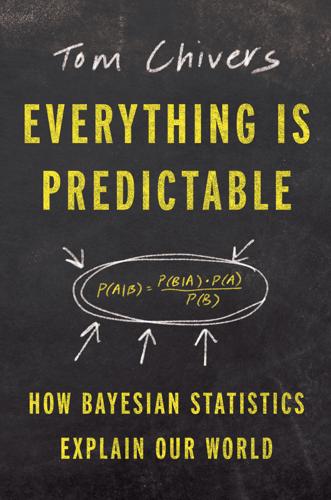
Everything Is Predictable: How Bayesian Statistics Explain Our World
by
Tom Chivers
Published 6 May 2024
His math would suggest that, since a double six comes up one time in thirty-six (p ≈ 0.03), then rolling the dice twenty-four times would give you twenty-four times that probability, twenty-four in thirty-six or two-thirds (p ≈ 0.67, again). This time, though, his reasonable but misguided thinking would put you on the wrong side of the bet. The probability of seeing a double six in twenty-four rolls is 0.49, slightly less than half. You’d lose money betting on it. What’s gone wrong? A century or so later, in 1654, Antoine Gombaud, a gambler and amateur philosopher who called himself the Chevalier de Méré, was interested in the same questions, for obvious professional reasons. He had noticed exactly what we’ve just said: that betting that you’ll see at least one six in four rolls of a die will make you money, whereas betting that you’ll see at least one double six in twenty-four rolls of two dice will not.
…
Bayesianism, 173 selecting frameworks for, 168 in selection of hypotheses, 136 in uncertainty, 241 decision theory, 106–107, 228–229 see also Bayesian decision theory Deen, Andrew, 18–19 DeepMind, 221 de Finetti, Bruno, 106, 110, 197 Defoe, Daniel, 23 degree of certainty, 49–52 DeGroot, Morris, 110 de Méré, Chevalier (Antoine Gombaud), 37–38 Democritus, 271 de Moivre, Abraham, 27, 53–61, 73, 77 depression, 308–313 derivatives, 34–35 dice gambling, 35–38 Diogenes, 266 Dissenters, 25 see also Nonconformists Divine Benevolence (Bayes), 30–31 Divinity Hall, 28 divorce, rates of, 256–258 DNA evidence, 10, 18–19 doctrine of chance, 46 Doctrine of Chances, A (de Moivre), 61 domestic abuse, 19–20 dopamine, 288–294 Down’s syndrome, 16–17 Dress, The, 276–277, 282–283 Drummond, Colin, 28 Duke University, 168 Dutch book, 197, 200 E Eames, John, 33 economics, 198–200 Edinburgh, 28 Edwards, Ward, 147 Edwards syndrome, 17 effect size, 149* Efron, Bradley, 90 Eindhoven University of Technology, 130–131 Einstein, Albert, 143–144 Elizabeth I, Queen, 24 Elson, Malte, 124 email, 321–322 Enigma machine, 108 Enquiry Concerning Human Understanding (Hume), 138 entropy, 315 Epicurus, 30 epistemic uncertainty, 160–162 epistemology, 264–268, 330 equivalence testing, 149* Erdös, Paul, 244 escitalopram, 309 Essay on Fundamentals in Religion, A (Foster), 31 “Essay towards Solving a Problem in the Doctrine of Chances, An” (Bayes), 24, 65, 70, 72 Euclid, 271 eugenics, 88–94 Eugenics Review, 92 European Council for Nuclear Research (CERN), 133–134 evidence belief in, 6–7 and prior beliefs, 21–22 evolution, 322–323 expectations, 192 expected evidence, 192 expected value, 196–197 experts, testing judgment of, 251–256 F factorials, 56 “False Positive Psychology” (Simmons, Nelson, and Simonsohn), 121, 123 family resemblances, 265–266 Fault Tolerant Tennis, 301 “Feeling the Future” (Bem), 118 Fermat, Pierre de, 38–46, 54 Fermi, Enrico, 259–261 Fermi estimate, 259 Feyerabend, Paul, 139, 268, 330 Fight Club, 119 firing solutions, 109 Fisher, Ronald, 89–94, 96–98, 100, 105–106, 113, 142, 289 Fitzhugh, Richard, 283 five-sigma threshold, 137 flow state, 328 Fluxions, see Introduction to the Doctrine of Fluxions, An (Bayes) Food and Drug Administration, 137 forward model, 296–297 Foster, James, 31 framing effects, 229–230 Frankenstein (Shelley), 71 Franklin, Benjamin, 71 fraud, in science, 117–118 free energy, 314–318 Freeman, Alexandra, 170–171 Freeman, P.
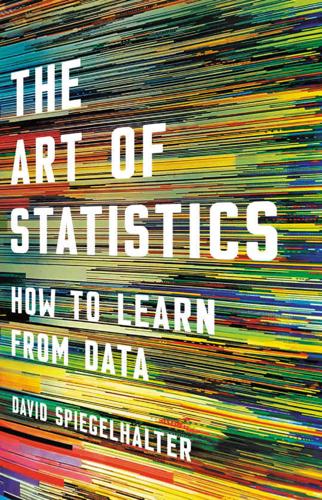
The Art of Statistics: How to Learn From Data
by
David Spiegelhalter
Published 2 Sep 2019
Following good empirical statistical principles, the Chevalier de Méré decided to play both games numerous times and see how often he won. This took a great deal of time and effort, but in a bizarre parallel universe in which there were computers but no probability theory, the good Chevalier (real name Antoine Gombaud) would not have wasted his time collecting data on his successes—he would simply have simulated thousands of games. Figure 8.1 displays the results of such a simulation, showing how the overall proportion of times that he wins each game changes as he ‘plays’ more and more. Although Game 2 looks the better bet for a while, after around 400 games of each it becomes clear that Game 1 is better, and in the (very) long run he can expect to win around 52% of Game 1, and only 49% of Game 2.
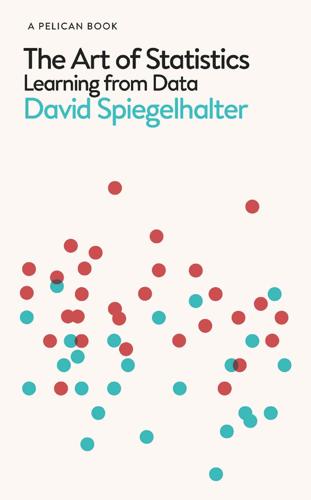
The Art of Statistics: Learning From Data
by
David Spiegelhalter
Published 14 Oct 2019
Following good empirical statistical principles, the Chevalier de Méré decided to play both games numerous times and see how often he won. This took a great deal of time and effort, but in a bizarre parallel universe in which there were computers but no probability theory, the good Chevalier (real name Antoine Gombaud) would not have wasted his time collecting data on his successes – he would simply have simulated thousands of games. Figure 8.1 displays the results of such a simulation, showing how the overall proportion of times that he wins each game changes as he ‘plays’ more and more. Although Game 2 looks the better bet for a while, after around 400 games of each it becomes clear that Game 1 is better, and in the (very) long run he can expect to win around 52% of Game 1, and only 49% of Game 2.

The Drunkard's Walk: How Randomness Rules Our Lives
by
Leonard Mlodinow
Published 12 May 2008
Often in history the study of the random has been aided by an event that was itself random. Pascal’s work represents such an occasion, for it was his abandonment of study that led him to the study of chance. It all began when one of his partying pals introduced him to a forty-five-year-old snob named Antoine Gombaud. Gombaud, a nobleman whose title was chevalier de Méré, regarded himself as a master of flirtation, and judging by his catalog of romantic entanglements, he was. But de Méré was also an expert gambler who liked the stakes high and won often enough that some suspected him of cheating. And when he stumbled on a little gambling quandary, he turned to Pascal for help.
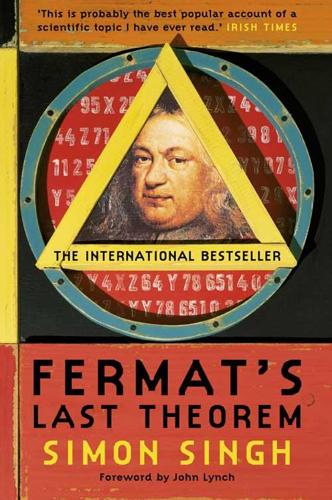
Fermat’s Last Theorem
by
Simon Singh
Published 1 Jan 1997
The mathematical hermit was introduced to the subject by Pascal, and so, despite his desire for isolation, he felt obliged to maintain a dialogue. Together Fermat and Pascal would discover the first proofs and cast-iron certainties in probability theory, a subject which is inherently uncertain. Pascal’s interest in the subject had been sparked by a professional Parisian gambler, Antoine Gombaud, the Chevalier de Méré, who had posed a problem which concerned a game of chance called points. The game involves winning points on the roll of a dice, and whichever player is the first to earn a certain number of points is the winner and takes the prize money. Gombaud had been involved in a game of points with a fellow-gambler when they were forced to abandon the game half-way through, owing to a pressing engagement.
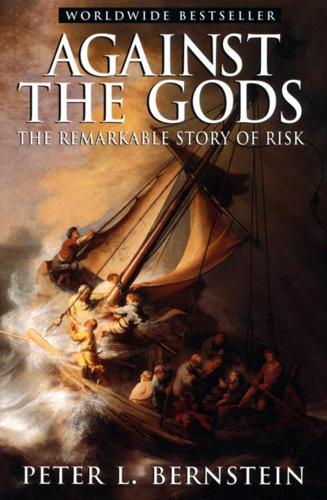
Against the Gods: The Remarkable Story of Risk
by
Peter L. Bernstein
Published 23 Aug 1996

Radical Uncertainty: Decision-Making for an Unknowable Future
by
Mervyn King
and
John Kay
Published 5 Mar 2020
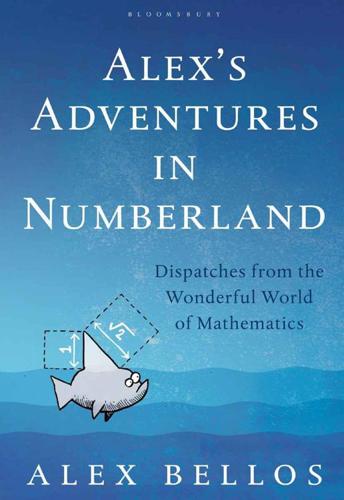
Alex's Adventures in Numberland
by
Alex Bellos
Published 3 Apr 2011
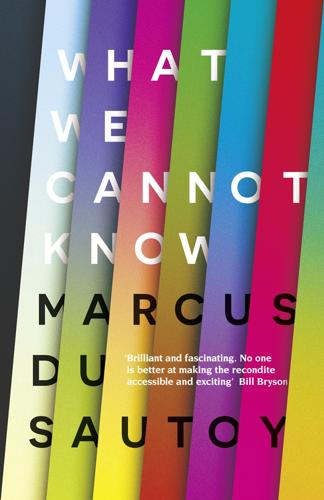
What We Cannot Know: Explorations at the Edge of Knowledge
by
Marcus Du Sautoy
Published 18 May 2016
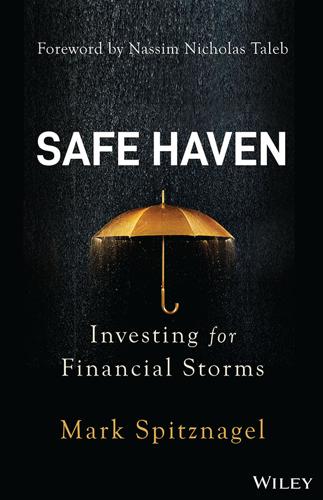
Safe Haven: Investing for Financial Storms
by
Mark Spitznagel
Published 9 Aug 2021
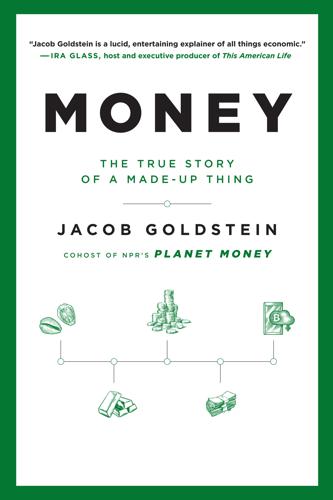
Money: The True Story of a Made-Up Thing
by
Jacob Goldstein
Published 14 Aug 2020
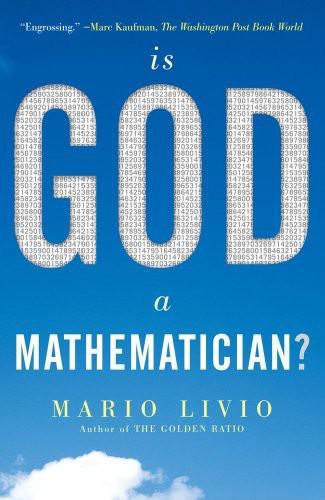
Is God a Mathematician?
by
Mario Livio
Published 6 Jan 2009
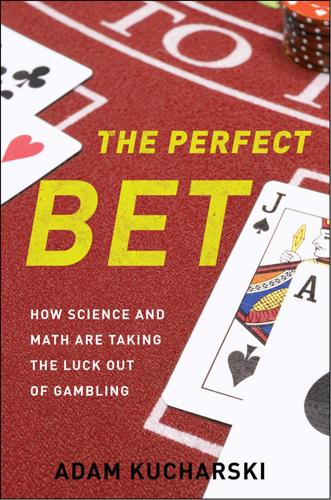
The Perfect Bet: How Science and Math Are Taking the Luck Out of Gambling
by
Adam Kucharski
Published 23 Feb 2016
At the request of a group of Italian nobles, Galileo investigated why some combinations of dice faces appeared more often than others. Astronomer Johannes Kepler also took time off from studying planetary motion to write a short piece on the theory of dice and gambling. The science of chance blossomed in 1654 as the result of a gambling question posed by a French writer named Antoine Gombaud. He had been puzzled by the following dice problem. Which is more likely: throwing a single six in four rolls of a single die, or throwing double sixes in twenty-four rolls of two dice? Gombaud believed the two events would occur equally often but could not prove it. He wrote to his mathematician friend Blaise Pascal, asking if this was indeed the case.

Fooled by Randomness: The Hidden Role of Chance in Life and in the Markets
by
Nassim Nicholas Taleb
Published 1 Jan 2001
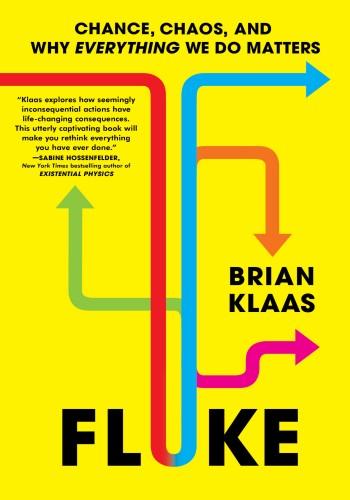
Fluke: Chance, Chaos, and Why Everything We Do Matters
by
Brian Klaas
Published 23 Jan 2024

Wonderland: How Play Made the Modern World
by
Steven Johnson
Published 15 Nov 2016
Written in 1564, Cardano’s book wasn’t published for another century. By the time his ideas got into wider circulation, an even more important breakthrough had emerged out of a famous correspondence between Blaise Pascal and Pierre de Fermat in 1654. This, too, was prompted by a compulsive gambler, the French aristocrat Antoine Gombaud, who had written Pascal for advice about the most equitable way to predict the outcome of a dice game that had been interrupted. Their exchange put probability theory on a solid footing and created the platform for the modern science of statistics. Within a few years, Edward Halley (of comet legend) was using these new tools to calculate mortality rates for the average Englishman, and the Dutch scientist Christiaan Huygens and his brother Lodewijk had set about to answer “the question . . . to what age a newly conceived child will naturally live.”
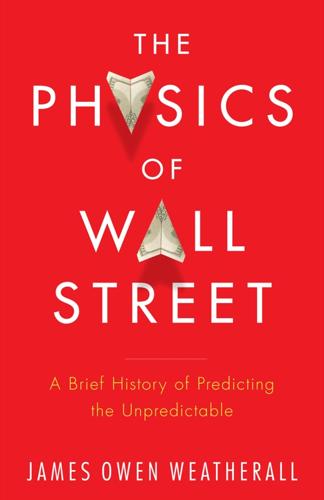
The Physics of Wall Street: A Brief History of Predicting the Unpredictable
by
James Owen Weatherall
Published 2 Jan 2013
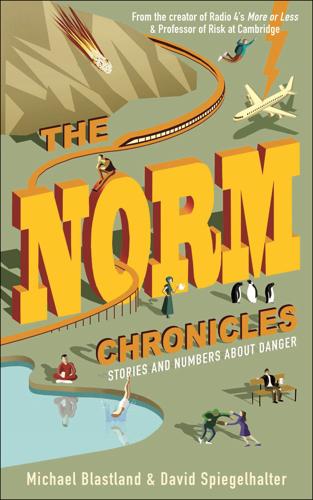
The Norm Chronicles
by
Michael Blastland
Published 14 Oct 2013
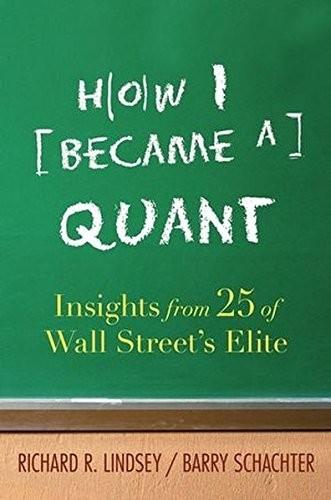
How I Became a Quant: Insights From 25 of Wall Street's Elite
by
Richard R. Lindsey
and
Barry Schachter
Published 30 Jun 2007
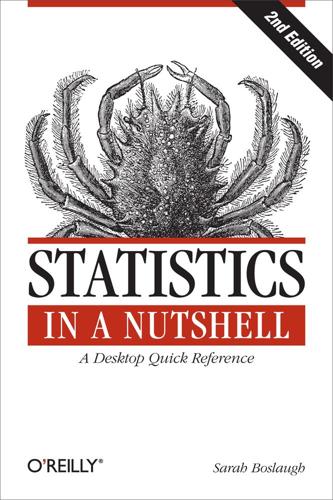
Statistics in a Nutshell
by
Sarah Boslaugh
Published 10 Nov 2012
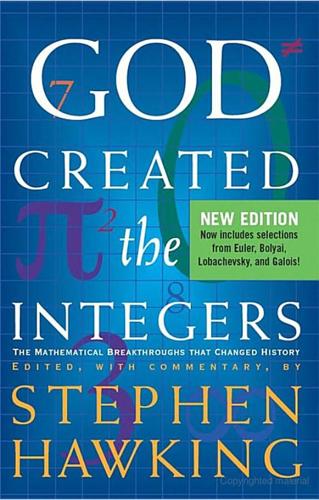
God Created the Integers: The Mathematical Breakthroughs That Changed History
by
Stephen Hawking
Published 28 Mar 2007